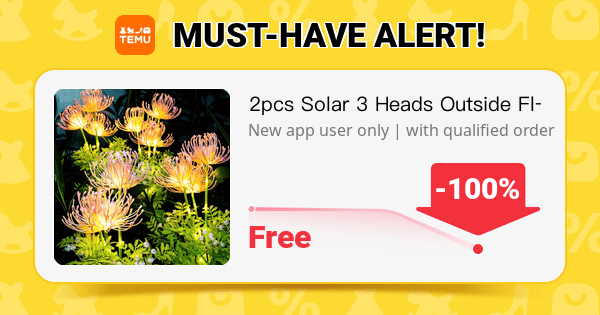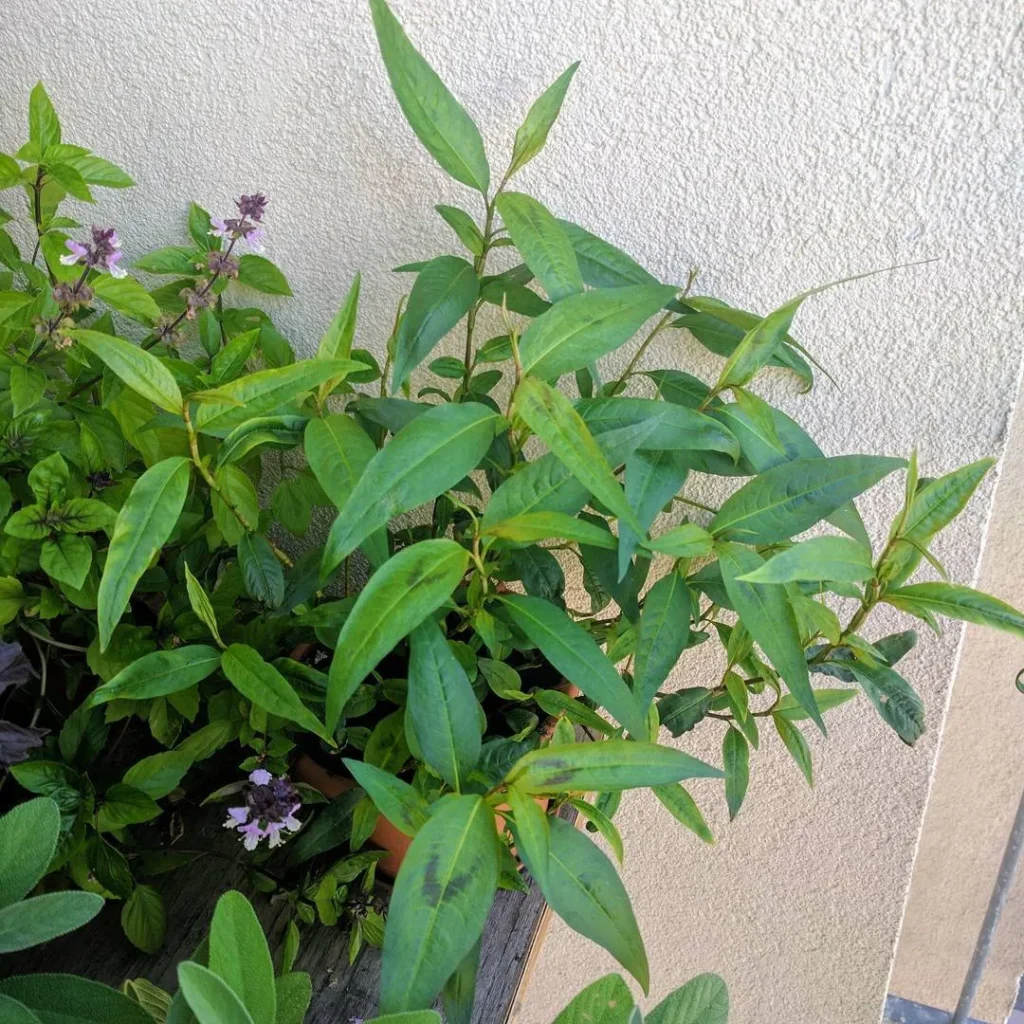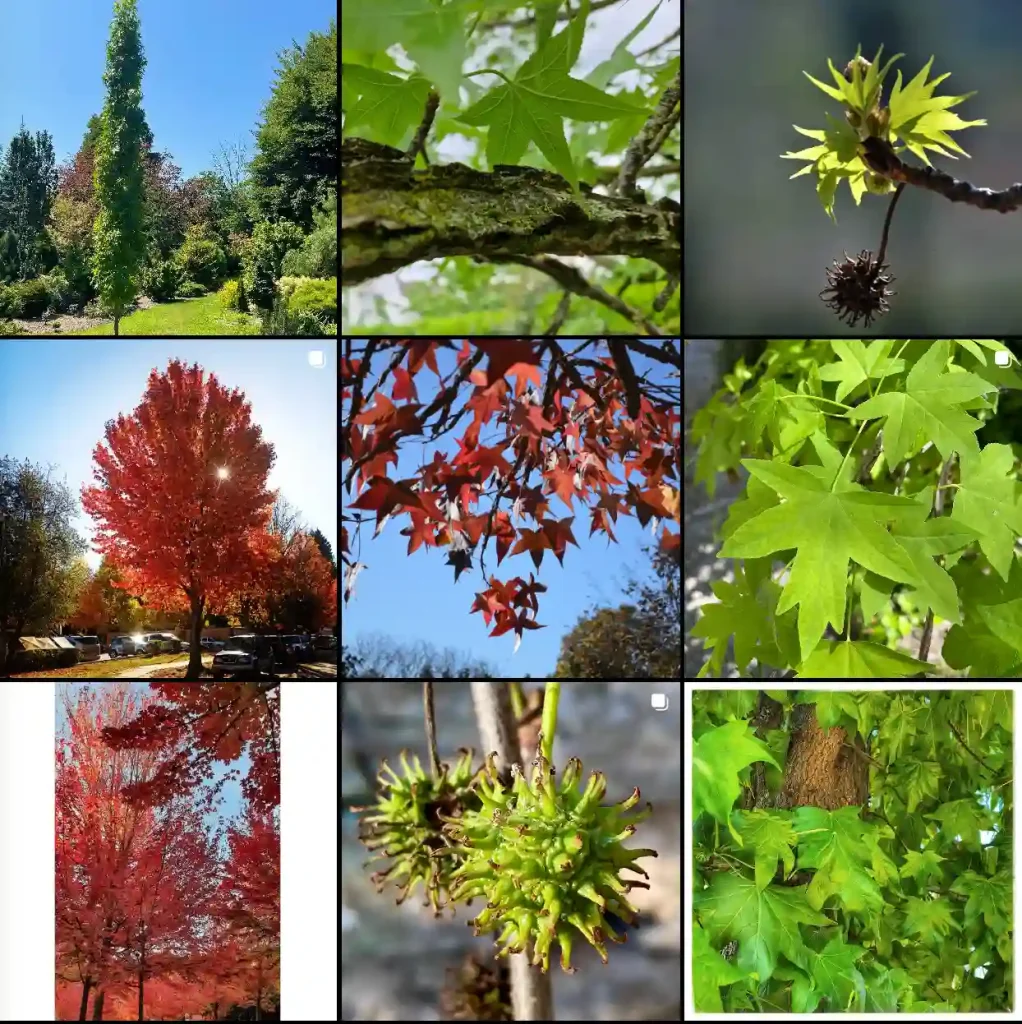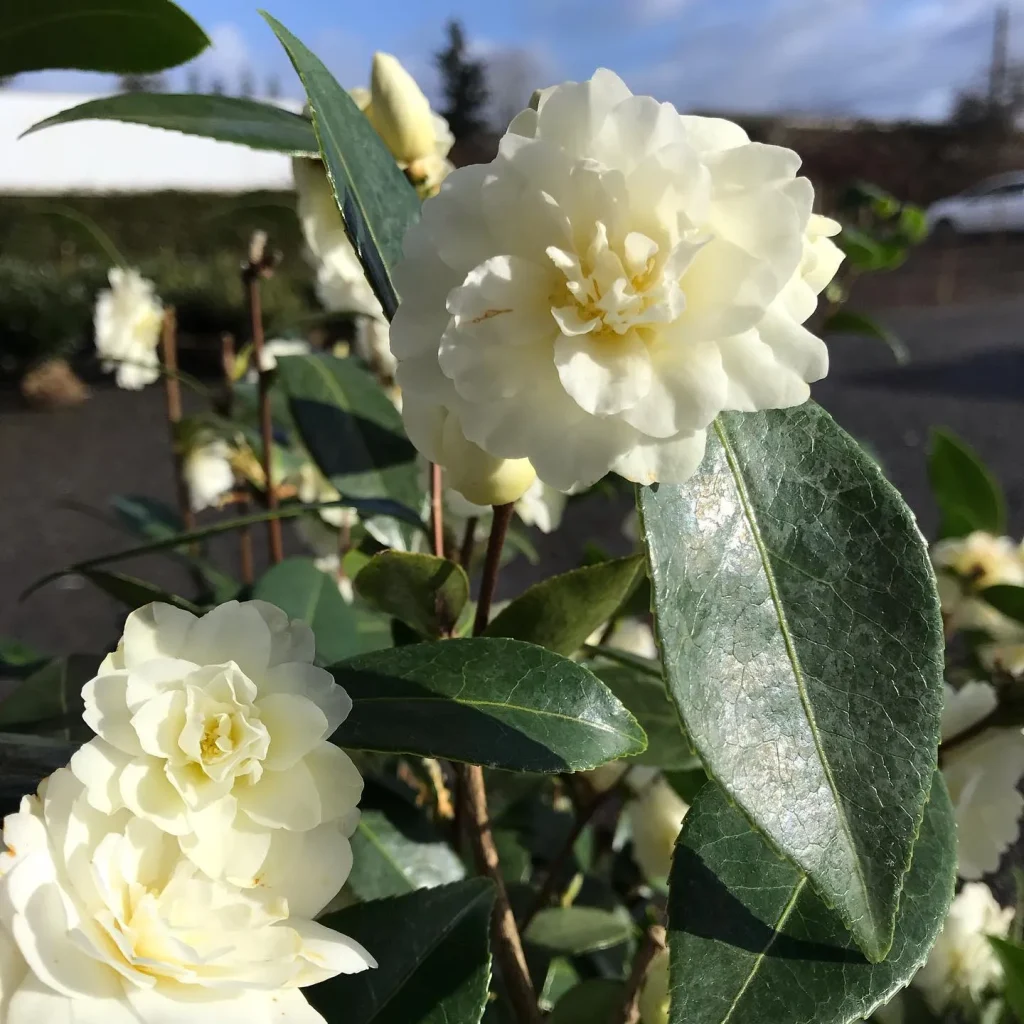Platycerium Ridleyi: Unveiling the Staggering Staghorn Fern
Greetings, plant enthusiasts! I’m Ferb Vu, and today, we delve into the fascinating world of Platycerium Ridleyi, a staghorn fern that commands attention.
What is Platycerium Ridleyi?
Platycerium Ridleyi, also known as Ridley’s staghorn fern, is an epiphytic fern native to Southeast Asia. Unlike terrestrial ferns that root in soil, Platycerium Ridleyi clings to trees or other structures with its rhizome, a thick, fleshy rootstock. This fern boasts two distinct fronds:
- Shield fronds: Sterile, brown, and scale-covered, these fronds attach the fern to its host and help absorb moisture and nutrients.
- Fertile fronds: Upright, green, and divided into finger-like lobes, these fronds produce spores for reproduction.
Platycerium Ridleyi’s captivating form, with its shield fronds resembling antlers, has earned it the moniker “staghorn fern.”
Where Does Platycerium Ridleyi Thrive?
Light: Unlike some sun-worshipping plants, Platycerium Ridleyi prefers dappled sunlight or bright, indirect light. Direct sun exposure can scorch its fronds.
Temperature: Mimic its natural habitat by providing warm to cool temperatures, ideally between 18-29°C (64-84°F). Avoid placing it near cold drafts or heat sources.
Humidity: Craving a humid environment, Platycerium Ridleyi flourishes when the humidity level is above 70%. Grouping it with other humidity-loving plants or using a humidifier can create a favorable microclimate.
Watering Wisdom for Platycerium Ridleyi
Watering: Platycerium Ridleyi appreciates consistent moisture, but avoid soggy conditions. Soak its root ball thoroughly, allowing excess water to drain freely. Let the top inch of the medium dry slightly between waterings.
Fertilizing: During its active growing season (spring and summer), a light application of a balanced, diluted fertilizer once a month can be beneficial. Opt for a water-soluble fertilizer or a slow-release formulation. Withhold fertilizer during winter months.
How to Grow Platycerium Ridleyi?
Mounting: Platycerium Ridleyi doesn’t require traditional potting. Instead, mount it on a well-draining medium like a cork bark plaque, driftwood, or a coconut husk. Secure the fern using fishing line or wire mesh, allowing the rhizome to establish good contact with the mount.
Medium: Use a well-aerated, chunky medium that retains moisture without becoming waterlogged. A good option is a mixture of orchid bark, sphagnum moss, and perlite.
Common Concerns with Platycerium Ridleyi
Brown fronds: Don’t panic if some older fronds turn brown. This is natural. Simply remove them carefully to promote new growth. However, extensive browning could indicate underwatering, excessive sun exposure, or pest issues.
Pests and diseases: Fortunately, Platycerium Ridleyi is relatively pest and disease resistant. However, keep an eye out for mealybugs, scale, and fungal infections. Treat infestations promptly with organic methods or insecticidal soap if necessary.
Platycerium Ridleyi vs. Other Staghorn Ferns: A Brief Comparison
Platycerium Coronarium (Elkhorn Fern): Shares similar care requirements but boasts larger, more spectacular shield fronds.
Platycerium Elephantotis (Elephant Ear Staghorn Fern): Known for its massive, elephant ear-like shield fronds, it requires more space and slightly higher humidity.
Platycerium Holttumii (Holttum’s Staghorn Fern): A smaller, more compact variety with narrower, wavy fertile fronds, making it ideal for smaller spaces.
Conclusion: Embrace the Elegance of Platycerium Ridleyi
With its architectural beauty and relatively low-maintenance nature, Platycerium Ridleyi is a captivating addition to any indoor space. By providing the right environment and care, you can witness this exotic fern thrive and add a touch of the rainforest to your home.
Remember, happy growing!




